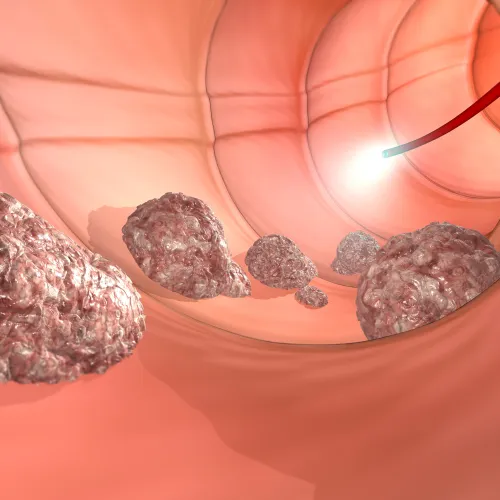Ask 'How Deep?' to Support Your Debridement Coding

That one answer could change your claim.
Even experienced coders can sometimes get confused when reporting multiple debridements for the same patient during the same session. The good news is, every claim can be deciphered and understood as long as the provider has detail-oriented documentation.
Starting point: The first key to unlocking the door to debridement coding success is knowing how deep the provider goes during the debridements. Once you have this information, you can decide when to use modifier 59 (Distinct procedural service) or the appropriate X modifier, and when to select a single code for the entire procedure.
Keep reading to learn about best practices our experts recommend when reporting modifiers with multiple debridements.
Consider Modifier 59 for Multiple Treatment Types
Most physician practices will perform two types of debridement in-office or in an outpatient facility. Report 11042 (Debridement, subcutaneous tissue [includes epidermis and dermis, if performed]; first 20 sq cm or less) if notes indicate that the physician debrides a “surface” wound (down to the epidermis or dermis). Opt for 11043 (Debridement, muscle and/or fascia [includes epidermis, dermis, and subcutaneous tissue, if performed]; first 20 sq cm or less) when the notes indicate that the debridement extended to the muscle/fascia.
“Be very specific about how deep [the provider] went and the square centimeters of the debridement,” advises Maggie M. Mac, CPC, CEMC, CHC, CMM, ICCE, president of Maggie Mac-Medical Practice Consulting in Clearwater, Fla. If the physician doesn’t detail this in the note, make certain you ask for an addendum to the note to substantiate the appropriate service to bill.
If the patient’s wounds are of differing depths, you’ll report a code for each debridement with modifier 59 appended, confirms Mac.
Note: For payers that prefer you use the X modifiers instead of 59, you would choose one of the following: XE (Separate encounter), XP (Separate practitioner), XS (Separate structure), or XU (Unusual non-overlapping service).
Strengthen Your Claim With the Right Diagnosis
When you’re reporting 11043 and 11042-59, Mac recommends ensuring your ICD-10 codes are “very specific to each part of the body in order to prove that you have two separate places, areas or depths.” Also, make certain each CPT® code is associated with the appropriate diagnosis.
Scenario: Consider this example from Catherine Brink, BS, CMM, CPC, CMSCS, CPOM, president of Healthcare Resource Management Inc. in Spring Lake, N.J.:
The physician debrides 15 sq. cm of muscle and fascia on a patient’s left forearm, and then debrides 10 sq cm of subcutaneous tissue on her right forearm. On the claim, you should report 11043 for the left forearm debridement with S51.812A (Laceration without foreign body of left forearm; initial encounter) appended to represent the patient’s wound. Then, you’d report and 11042-59 (or XS) with S51.811A (Laceration without foreign body of right forearm; initial encounter) appended to represent the patient’s injury.
Good idea: If your payer accepts site modifiers, you could append modifier LT (Left side) to 11043 and RT (Right side) to 11042 to further make your case for separate wounds and sites, but since it is truly the depth of the wound not the location per se that warrants the reporting of both codes, modifier 59 would be appropriate in this case.
Know When Modifier 59 Can Earn You Extra Dollars
In order to be appropriately reimbursed for each multiple debridement, make sure you append modifier 59 to 11042, not 11043. The payer will likely cut reimbursement in half for whichever code you report with modifier 59, and pay 100 percent for the code without a modifier.
Impact: Code 11043 pays about $240 national facility rate in a freestanding OPPS setting (and about $97 national physician rate for a freestanding OPPS setting), while 11042 is worth around $126 for a freestanding OPPS procedure (and about $36 for the national physician rate). That’s a difference in facility code payment of approximately $114, so in accordance with CCI edits, you’ll want to modify the lower-reimbursed code (11042).
Steer Clear of Modifiers for Same-Depth Debridements
If your physician performs multiple debridements of the same depth for the same patient, “you would add the surface area together and code based on the total surface area,” reports Brink.
Example: The provider debrides a pair of subcutaneous wounds for a patient: one 20 square cm wound on the patient’s right leg, and another 15 square cm left leg injury. On the claim, you would report 11042 for the first 20 sq. cm of debridement space, and 11045 (… each additional 20 sq. cm, or part thereof [List separately in addition to code for primary procedure]) for the remaining treatment area.
You don’t need a modifier for this scenario because the wounds were of the same depth, Brink explains.




